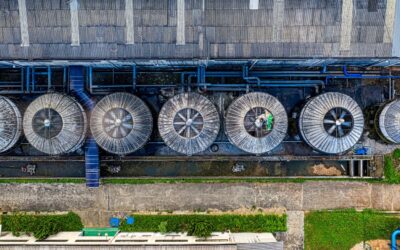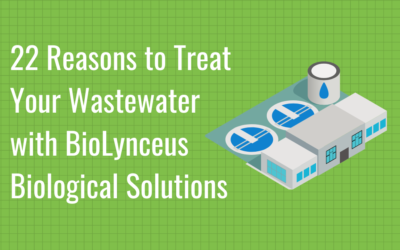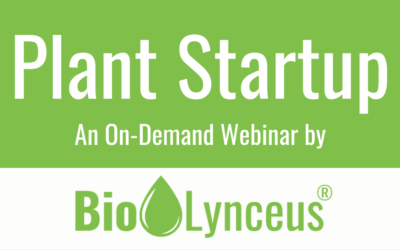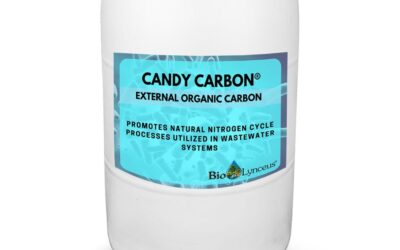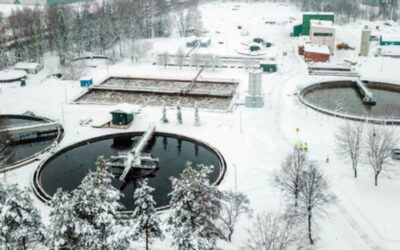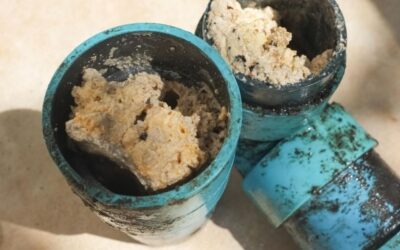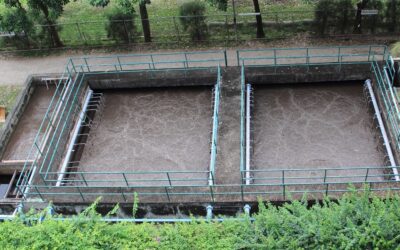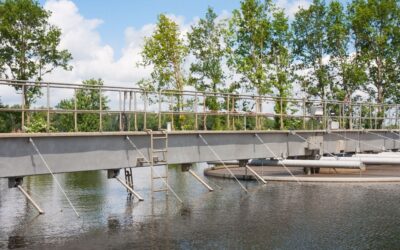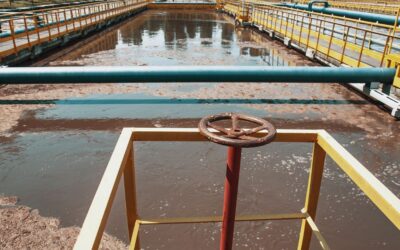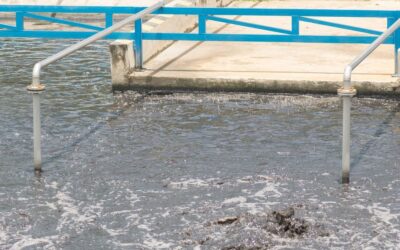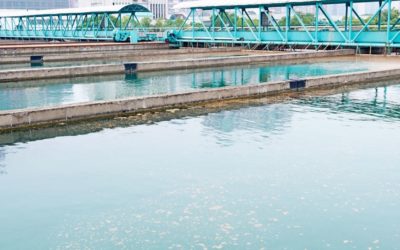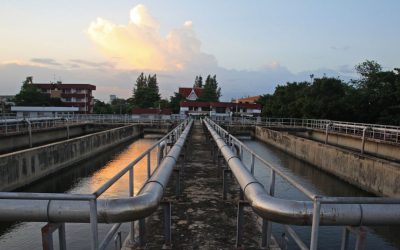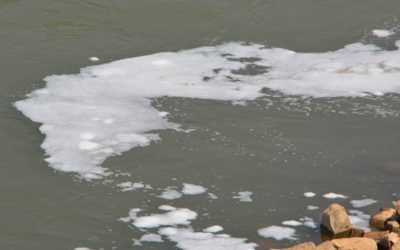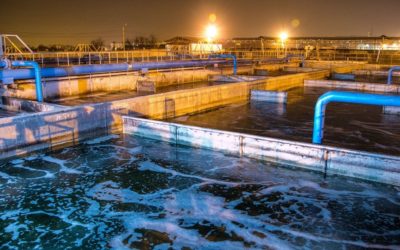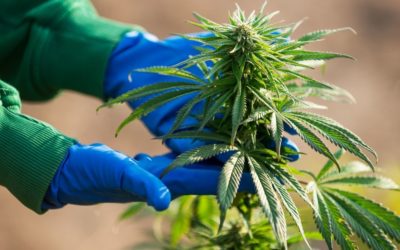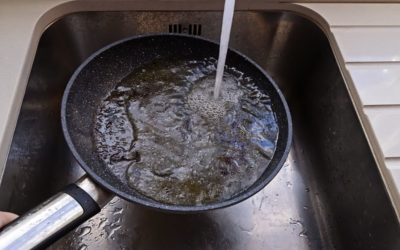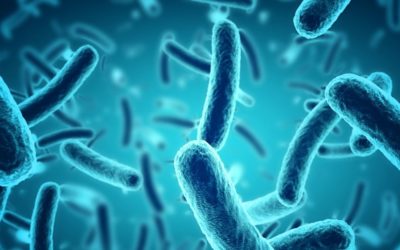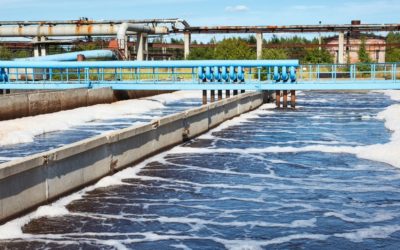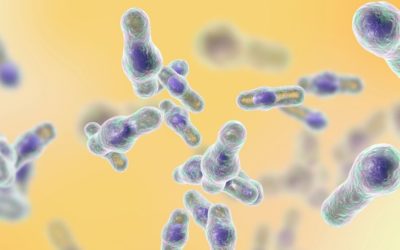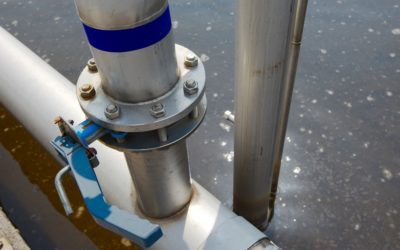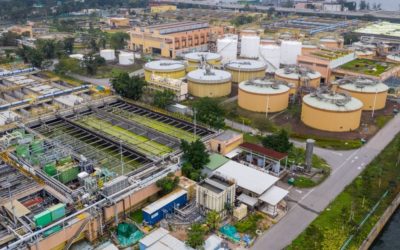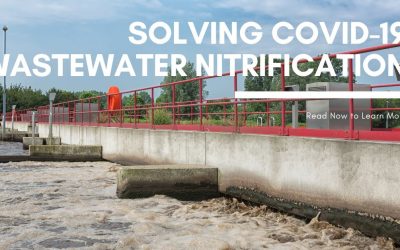Wastewater Treatment
From Startups to Sludge Removal, we do it all with Our Proprietary Blends.
For an updated list of our available wastewater treatment products please Click Here.
FOG
Learn more about our industry-leading solutions for reducing FOG in your plant.
Solids Reduction
Having suspended solids in your system can cause tremendous problems. Our approach will help bail you out (or keep you from problems in the first place).
Plant startup or Restart
Starting from scratch can be a bit problematic until you get the chemistry balanced. Our approach helps you reach steady-state levels in record time.
F:M
Whether you call it Food to Microbe ratio or Food to Microorganism, we have the right ratio for you.
BNR
External liquid carbon and probiotic solutions are readily available to work in wastewater streams. Learn more about these highly effective solutions are easy to use.
Case Studies and Articles
Emerging Trends
Another Observation From a Road Warrior! In the world of water and wastewater, emerging trends are beginning to influence the entire industry. In my travels around the country, I am discovering that issues in Arizona are also occurring in Washington, and issues in...
How to Improve Your Lagoon with Bioaugmentation
https://www.youtube.com/watch?v=0r91B25-vBI Kathleen Kelly shares 4 ways to improve your lagoon using bio augmentation. Perfect for industrial or municipal lagoons of any size and flow rate.
22 Reasons to Treat Your Wastewater with BioLynceus Biological Solutions
Saves you time and money.Faster waste digestion.Substantially reduces clean out frequency.No longer allows heavy crusting.Easy to use & no need for special equipment.Reduces wear and tear on machinery.Waste treatment system operates better and becomes biologically...
Webinar – Plant Startup with Tanner Hartsock
https://www.youtube.com/watch?v=sxpnrWdEUrw Tanner Hartsock M.S. takes us through the process of starting a wastewater plant and considers different options operators have in solving their challenges. What we didn’t expect was to get such a glowing endorsement from a...
Where Have All the Snowbirds Gone?
Another Road Warrior Observation F:M Issues In my travels this year, as limited as they have been (yes, I am suffering from severe hotel withdrawal), I have observed a recurring issue hampering the optimum efficiency of wastewater operations. This issue is the lack of...
Denitrification with Candy Carbon®
biological denitrification technology “The biological denitrification technology is based on the conventional theory that carbon is the limiting factor in the efficiency of biological denitrification. Heterotrophs utilize carbon from organic compounds like sugars,...
Nitrification in Cold Weather
One thing that is definite is understanding of when water temperatures get cold your bugs may not be so happy. One thing that has continued to show up year after year for the last 25 years in the environmental business, especially the wastewater industry, is the idea...
Public Education FOG
https://youtu.be/IRMsv0xzfQY Rick Allen discusses methods for educating the public on fats, oils and grease. This is a short webinar that lasts about 18 minutes.
Biological Nutrient Removal
Biological nutrient removal (BNR) is a process used for nitrogen and phosphorus removal from wastewater before it is discharged. BNR Challenges Conventional biological processes typically do not remove total nitrogen (TN) and total phosphorus (TP) to meet the...
Wastewater System Restart or Initial Start Up?
In the world of wastewater these days there are many challenges that will occur. Some you may have already seen and some may appear in the near future. One of these many challenges is how to get your plant activated if it is killed off by known or...
Flushable or Not – What is Legal?
I recently received this email from a municipality looking for help regarding a new (small) lift station: “Our new lift station is being clogged with wipes almost daily, requiring several hours a day sometimes. That is very difficult when I am the only employee. Do...
Wastewater Reuse and its Impact on the Environment
In the world as we know it today, and with all the conversations around climate change, there is one thing that is certain: water is the most critical natural resource on this planet. Whether you believe in climate change or not, it is imperative that all of us...
Biooxidation of Wastewater
Operators of animal, industrial and municipal wastewater systems have often been surprised with the increase of dissolved oxygen in wastewater where BioLynceus products have been applied with reported odor and sludge reduction. In noting the increase in biological...
Webinar – Solids Reduction
https://youtu.be/nSJOsLItUFU Resident expert, Tanner Hartsock, discusses how ProBiotic Dredging® can help with solids reduction. This is a short video that lasts 8 minutes.
Webinar – FOG
https://youtu.be/JIXuQEnfiZg Resident expert, Tanner Hartsock, shares how fats, oils and grease (FOG) can impact your wastewater treatment system. This is a short video that lasts 8 minutes.
4 Ways to Balance Food to Microorganism Ratio (F:M) in Wastewater Treatment
Introduction Wastewater treatment requires a constant balance between the organic carbon coming into the plant and the quantity of microbiology available to consume the influent material. This relationship is known as the food to microorganism ratio (F:M).The “M”...
Regulate Filamentous Bacteria in Wastewater Treatment
Filamentous Bacteria Treatment Managing filamentous bacteria (FB) in wastewater treatment systems is a balancing act. Having excessive filament forming organisms can cause foaming and treatment issues. Having too little FB prevents proper solids settling which is...
5 Ways to Reduce Wastewater Solids
Solids are an inevitable challenge in wastewater treatment. Even the world’s most efficient treatment systems must waste and dispose of some byproducts. The types of solids covered in this article are: trash (solid waste), organic solids, and inorganic solids (grit)....
7 Ways to Reduce FOG in POTW
Excess fats, oils, and grease (FOG) discharged into collection systems can cause issues for Publicly Owned Treatment Works (POTW). First, fatty organic material can accumulate in sewer lines inhibiting wastewater flows. Obstructed pipes can cause Sanitary Sewer...
High Stakes: Marijuana and Wastewater
Why your municipality should complete a pretreatment survey During my research for my new class “The Changing World of Pretreatment,” I ran across many new and inventive ways to use THC and CBD products. In Denver, Ganja Yoga encourages the two relaxation methods in...
7 Ways FOG are Introduced into Publicly Owned Treatment Works
Publicly owned treatment works (POTW) often struggle to limit fats, oils, and grease (FOG) intake in their wastewater systems. Excess FOG buildups can prevent wastewater flows causing blockages in collection lines. Additionally, heavy FOG discharge can disrupt...
What Can Microbes Do For You? Part II
The Power of Lagoon Systems It is common knowledge that bacteria thrive in some environments better than others. Bacteria can only consume or degrade compounds they touch or attach to. One of the best systems to increase contact/retention time is a lagoon...
Webinar – Food to Microbe Ratio (F:M)
https://youtu.be/kbMyTcFLz_4 Resident expert, Tanner Hartsock, shares how food to microbe ratio (F:M) can impact your wastewater treatment system and how to maintain an optimal F:M ratio. This is a short video that lasts 10 minutes.
What Can Microbes Do for You? Part I
Speeding-up Mother Nature Over the last 20 plus years of being in the environmental arena, I have been asked this question hundreds of times: what can microbes do for me? My best response to this question is, “what do you want them to do for you?”As I had once heard...
Treatment Solutions for Fats, Oils and Grease
Microbial Grease Remediation Our biological products are 100% natural and earth friendly. When introduced into the collection systems the microbes stimulate indigenous microbial, enhancing the biological process and accomplishing in days and months what would normally...
Candy Carbon® External Organic Carbon
Product Description Candy Carbon® (CC) is an external organic carbon (EOC) product used by wastewater facilities to enhance biological processes and increase organic carbon when and where needed. This product may promote a diverse bacterial population for enhanced...
Crystal Meth and Your System
Information you should know about what crystal meth (CM) will do in your system and how to recognize the signs you may have it in your wastewater process. We are starting to see more and more issues with CM chemicals showing up in rural wastewater systems. This is...
Webinar – Solving Nitrification Issues Amid Covid-19
Resident expert, Tanner Hartsock, shares 3 methods that wastewater operators are using to solve nitrification issues during the Covid-19 crisis.
Wastewater Nitrification Amid COVID-19
Are your effluent ammonia levels increasing? We are hearing reports of nitrification challenges and other issues from wastewater operators. [ Webinar ] 3 Ways to Solve Nitrification Amid Covid-19 A possible cause may be an increase in disinfectants and sanitizers...







